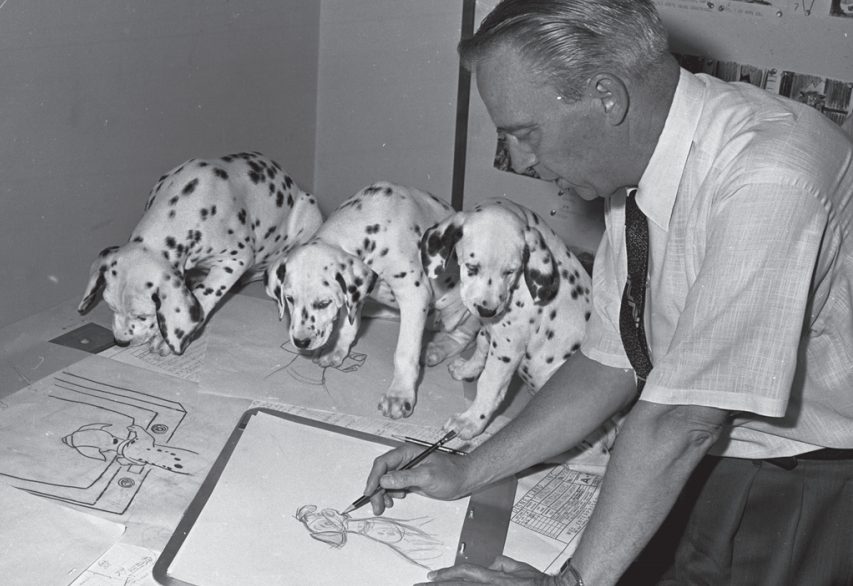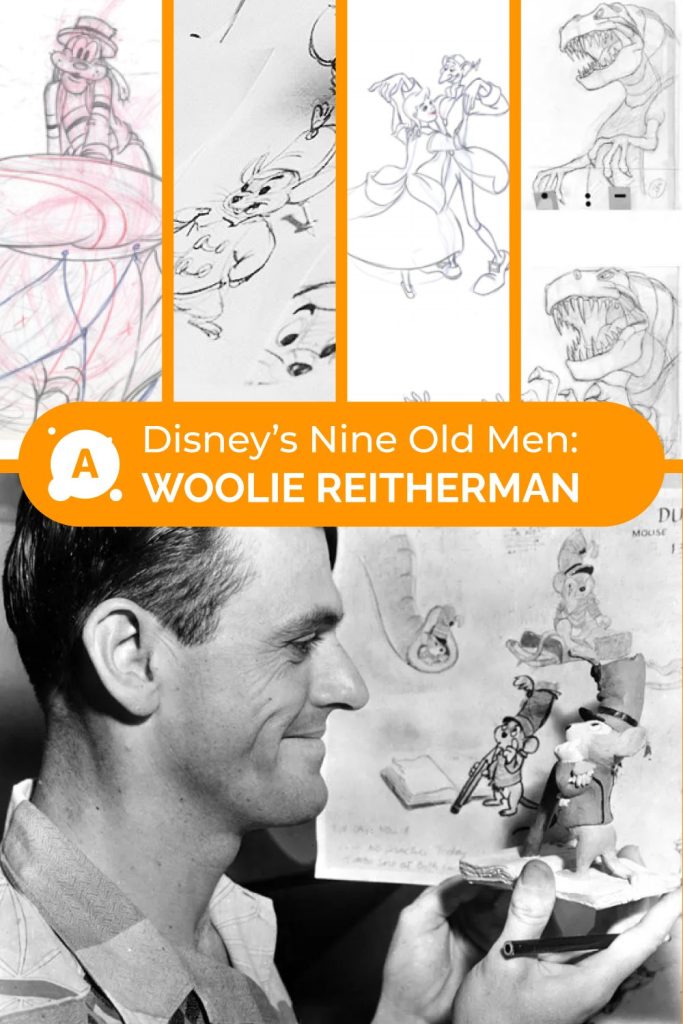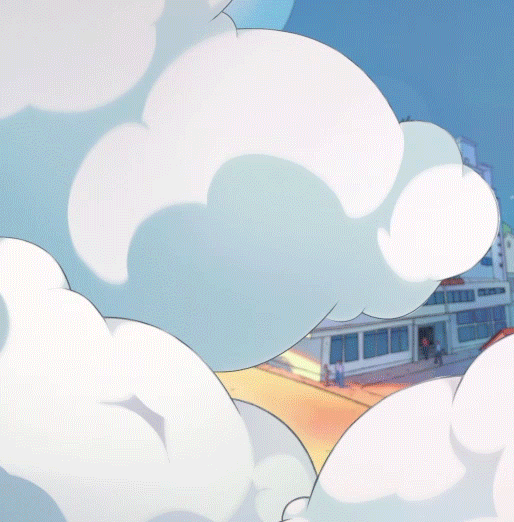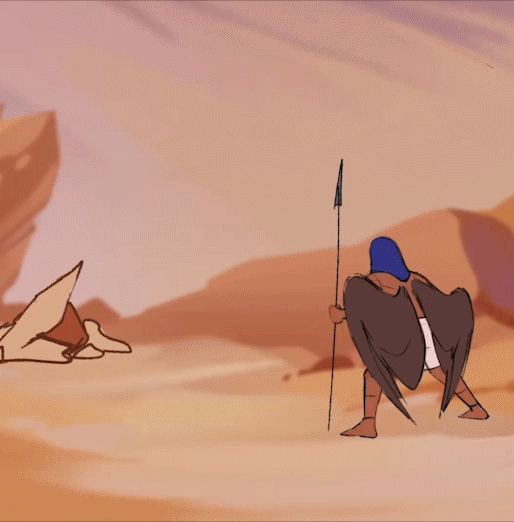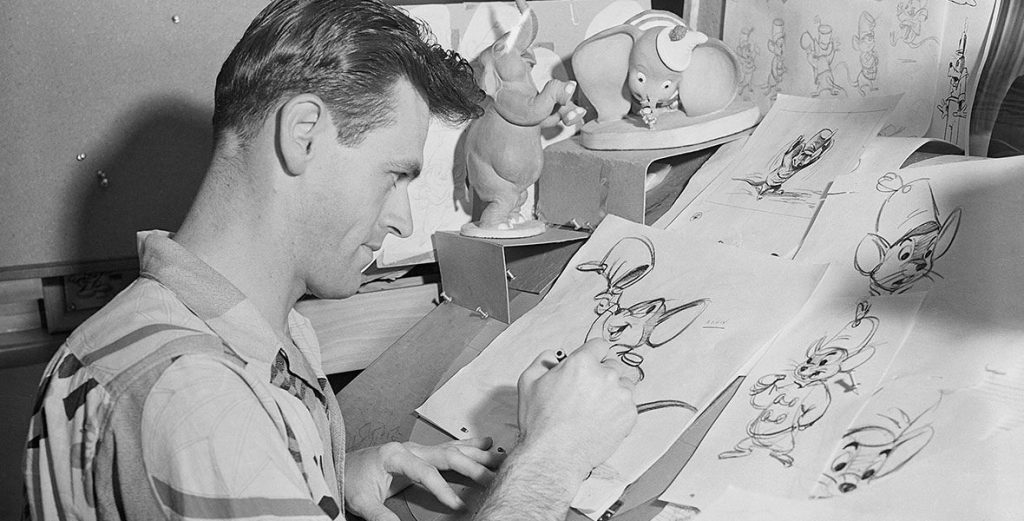
Woolie Reitherman’s path into animation wasn’t typical. He was flying fighter planes in World War II before he ever picked up a pencil at Disney. But this unique background gave him something no other animator had: a deep understanding of motion, weight, and momentum in real life. When he started animating, he brought adrenaline, danger, and drama to the screen.
At Disney, he quickly earned a reputation for being the go-to guy for action. Whether it was the chaos of a battle or the thrill of a chase, Woolie knew how to stage it, time it, and make it memorable.
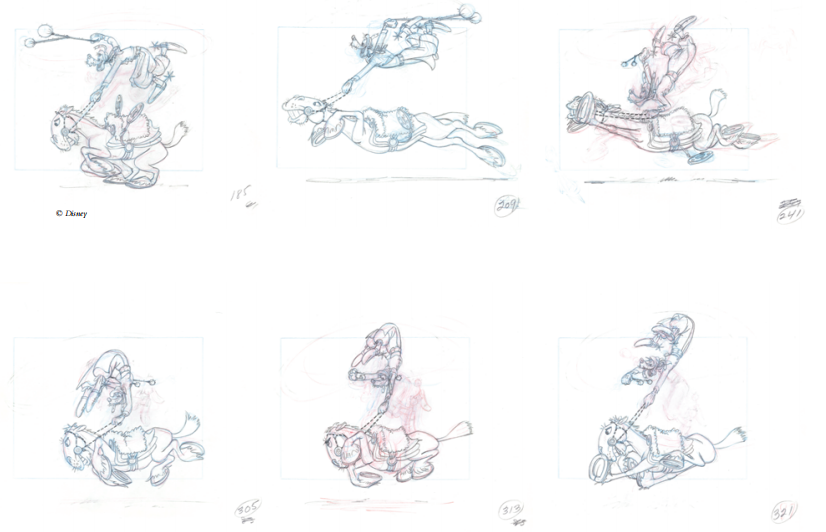
From Combat to Character
Reitherman joined Disney in 1933 and animated on some of the studio’s most iconic films, including Snow White and the Seven Dwarfs, Fantasia, and Pinocchio. But before he truly rose to prominence, he put his Disney career on hold to serve in WWII, flying missions for the U.S. Air Force.
Returning to Disney after the war, he didn’t ease back in. Disney was no longer the same studio it had been in the 1930s. The war had drained its finances and split the team. Feature animation was being reevaluated, and the studio was entering a new era. Those who returned with fresh perspective and discipline were quickly noticed, Reitherman among them.
Rather than resuming a mid-level role, Reitherman’s skill, storytelling instincts, and leadership positioned him as essential to Disney’s future. He became one of the Nine Old Men, Disney’s core team of master animators. And he carved out a very specific niche: dynamic, high-stakes scenes. His military experience shaped the way he approached animation: full of rhythm, snap decisions, and a strong sense of gravity.
The Man Behind the Action
When you think of unforgettable early Disney action sequences, the dragon fight in Sleeping Beauty, the coach chase in Cinderella, or Mowgli’s escape from Shere Khan in The Jungle Book, you’re thinking of Woolie Reitherman’s work. He could turn chaos into clarity. Reitherman’s staging, timing, and choreography elevated tension without ever losing the audience.
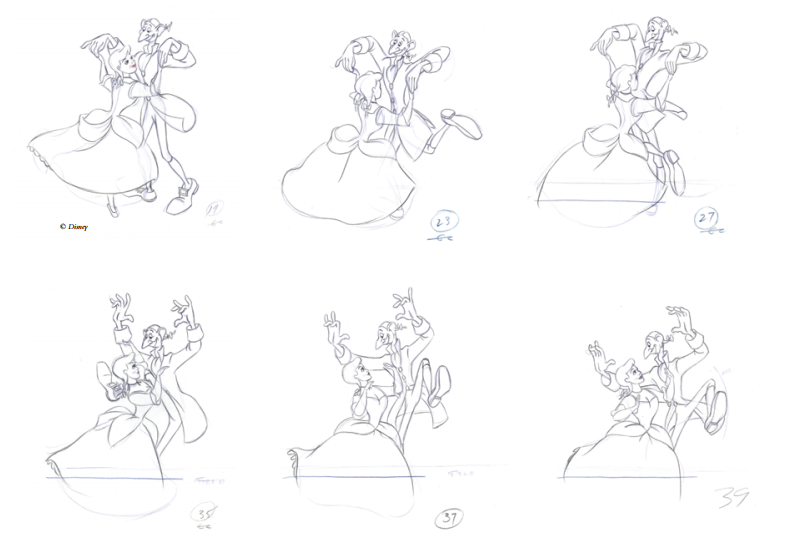
He also directed many of Disney’s feature films during the 60s and 70s, including The Sword in the Stone, The Jungle Book, Robin Hood, and The Rescuers. His directorial style leaned into bold storytelling, strong characters, and clean visual rhythm.
If you want to develop your skills in 2D animation acting, our course Acting in Traditional 2D Animation is a great place to start. It teaches you how to work with references, analyze your characters’ emotions, and create authentic performances that genuinely connect with viewers.
The First Animator to Become a Director at Disney
Reitherman made history in another way too: he was the first animator at Disney to transition into the director’s chair. Walt trusted him not just because he could animate well, but because he understood how to keep stories moving. His deep understanding of visual pacing, built from years of experience as both a soldier and a draftsman, made him uniquely suited for the evolving demands of animated storytelling.
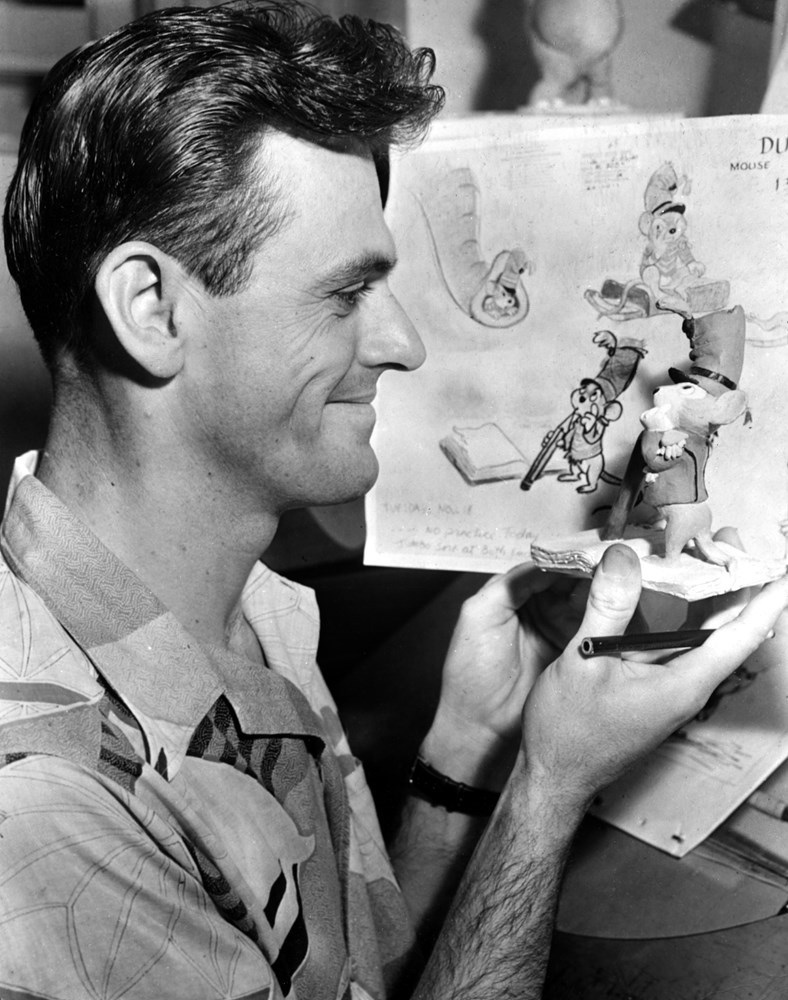
Why Woolie Reitherman Still Matters
Woolie Reitherman proved that the best animators don’t stay in one box and sometimes, the most valuable skills come from outside the studio. After serving as a WWII pilot, he returned to Disney with a sharpened sense of timing, intensity, and visual storytelling. That real-world experience made his work more dynamic and emotionally charged, helping to define the language of action animation. Whether animating a dragon battle or directing full features, he reminded us that motion, meaning, and leadership all stem from lived experience and one bold creative instinct.
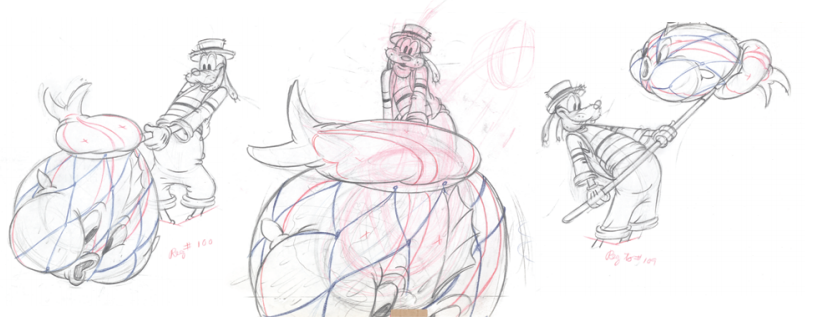
His legacy lives on in today’s action-heavy animation, from Spider-Verse to Klaus, where weight, force, and timing carry as much emotional punch as any line of dialogue.
Curious about how action scenes are built in 2D animation today? Check out our course Basics in Traditional 2D Animation or read our article on staging and visual clarity, both inspired by animators like Reitherman.
Practical Advice from Reitherman’s Approach
1. Think like a director, not just an animator.
Reitherman planned scenes as if they were films, with careful attention to camera placement, tempo, and emotional beats. Try watching your favorite live-action film and take notes on your favorite moments, noting how you can apply them to your work.
2. Ground action in physics.
Having flown real planes, he understood how momentum works. You don’t have to go to the extreme of flying planes like him, but you can practice throwing objects, jumping, and falling to get a better feel of the movement. Make it feel like it was earned.
3. Push for performance, not polish.
Reitherman cared more about whether a moment hit emotionally than whether it was perfectly smooth. He understood when to let roughness add energy. Try animating a short moment (like a shout, stomp, or quick gesture) using just 8–12 rough key frames. Focus on making it feel intense and emotional, even if it’s messy. Aim for impact, not perfection.
What His Colleagues Said
Glen Keane once said that Reitherman didn’t overcomplicate things. “He just wanted to see the story happen on screen”. Others remembered him for his mentorship, clarity, and direct approach, especially in group critiques. He checked his ego at the door and guided with precision, making thoughtful and practical decisions. For more on Reitherman’s impact, check out the Nine Old Men profiles on Disney Wiki.
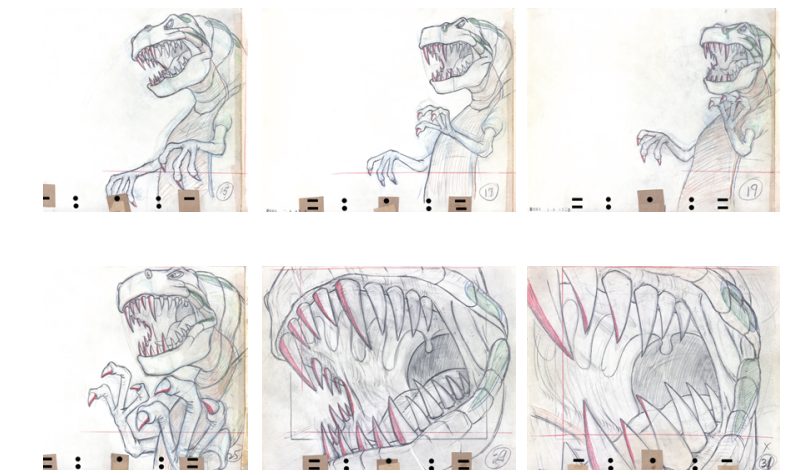
A Lasting Legacy
Woolie Reitherman’s career spanned over 40 years at Disney. He directed more animated features than any of the other Nine Old Men. His sons followed him into animation, and his influence can still be felt in every chase scene and every high-stakes moment in modern western cartoons.
He reminds us that animators aren’t just artists. They’re thinkers, planners, storytellers, and sometimes even pilots.
If you want to tell bold, dynamic stories through animation, start sketching today. Don’t wait to feel «ready». Just move forward through the hard stuff, like Reitherman did.
